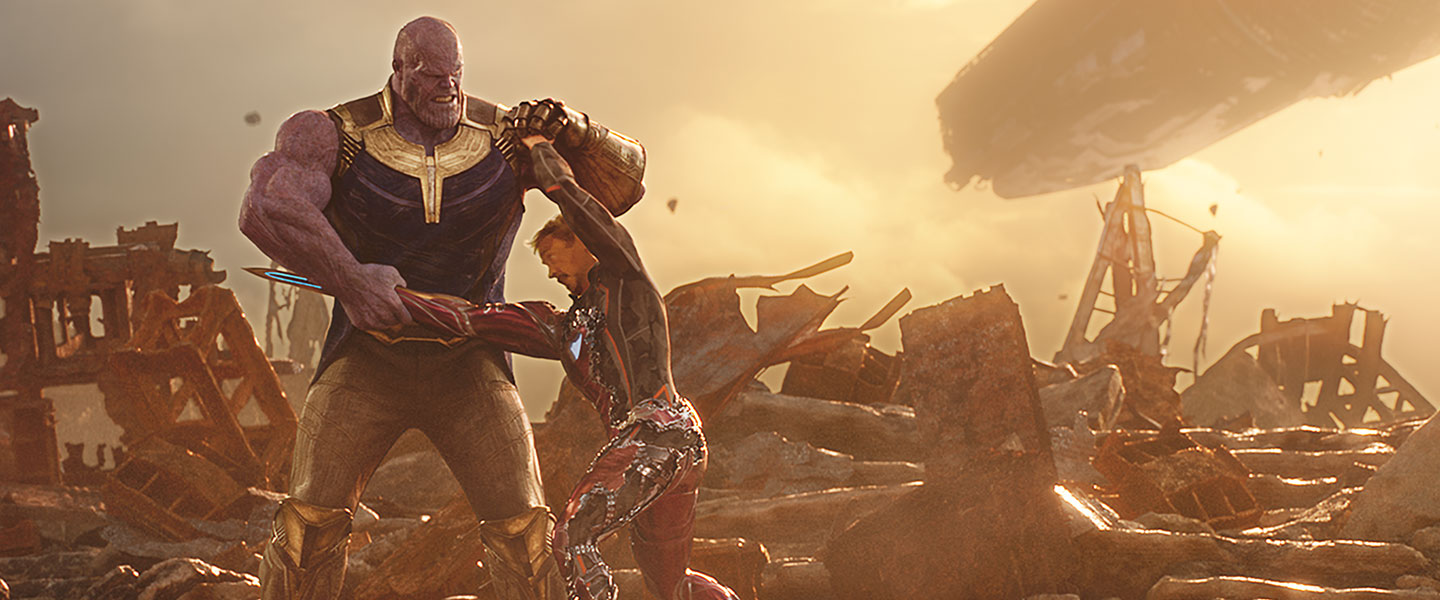For more than 10 years, superheroes have been a cinema staple. We’ve seen Iron Man soar through the air battling aliens, Thor summon lightning to strike down his foes, the Hulk turn green, and more. But real-life actors can’t fly, create lightning, or transform. It takes some high-tech creativity to make the leap from comic book page to movie screen.
That’s the job of visual effects designers like Marvel’s Dan DeLeeuw. He and his team use computer science to make the impossible possible. DeLeeuw is the visual effects supervisor for Avengers: Endgame, which hit theaters last month.
Visual effects are “anything you can’t actually make on set,” says DeLeeuw. The makeup and prostheses actors wear, the props they hold, and the realistic set pieces they act on are all practical effects. The actors can physically wear or interact with them. Everything else, like Iron Man’s high-tech flying suit or the towering body of alien villain Thanos, must be made digitally. And visual effects have come a long way since Marvel started making movies based on its classic comics in 2008. “We’re at a point where we can tell comic book stories the way Stan Lee and other comic book authors could envision them in their heads and in what they drew,” DeLeeuw says.
For more than 10 years, superheroes have been a hit at the movies. People love watching Iron Man fly, Thor summon lightning, the Hulk turn green, and more. But real-life actors can’t do any of those things. It takes some high-tech creativity to bring comic book stories to life on a movie screen.
That’s the job of people like Dan DeLeeuw. He’s a visual effects designer at Marvel. He and his team use computer science to make the impossible possible. DeLeeuw was in charge of visual effects for the movie Avengers: Endgame, which hit theaters last month.
There are two kinds of effects in a movie. Anything the actors wear or physically interact with is called a practical effect. That includes makeup and prostheses, the props actors hold, and the realistic set pieces they act on. Visual effects, on the other hand, are “anything you can’t actually make on set,” says DeLeeuw. Things like Iron Man’s high-tech flying suit or the towering body of alien villain Thanos must be made digitally.
Marvel started making movies based on comic books in 2008. Visual effects have come a long way since then. “We’re at a point where we can tell comic book stories the way Stan Lee and other comic book authors could envision them in their heads and in what they drew,” says DeLeeuw.

